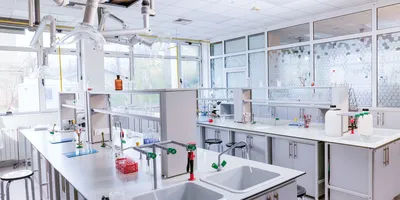The instruments and technologies that drive discovery cannot function without consistent access to essential utilities: vacuum, gas, water, power, and temperature control. When these systems falter, labs face costly setbacks, including unexpected downtime, compromised data, and shortened instrument lifespans.

These systems also carry significant implications for sustainability and operating costs. Selecting systems that require large amounts of energy or resources increases a lab’s environmental footprint and drives up expenses over time. How these systems are maintained also matters. Consistent upkeep optimizes efficiency, energy consumption, and service life, while lapses can lead to failures, downtime, and heightened costs.
For lab managers, understanding how these systems contribute to performance, longevity, and total cost of ownership is key to ensuring your lab runs smoothly today and in the future.
Download our Lab Infrastructure Resource Guide to discover:
- Maintenance strategies for vacuum pumps and gas generators that improve reliability, sustainability, and uptime
- Key considerations for purchasing and optimizing water purification systems
- How to balance purity requirements, budgets, and sustainability in water use
- Power management practices to protect instruments and prevent data loss
- Guidance on selecting chillers and freezers that balance efficiency, reliability, and total cost of ownership





